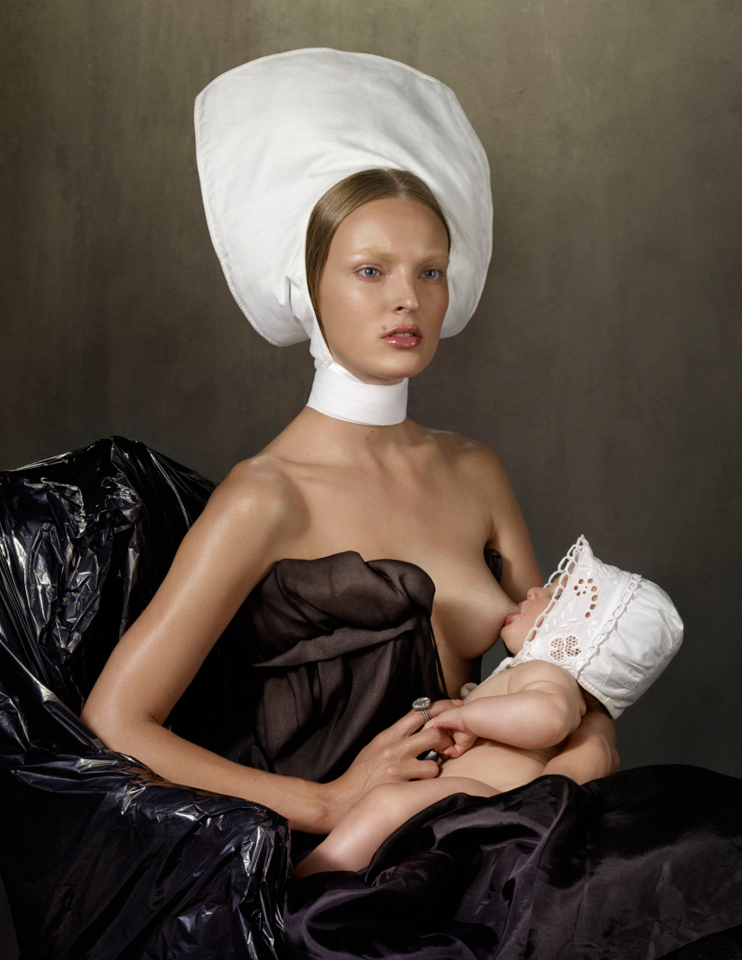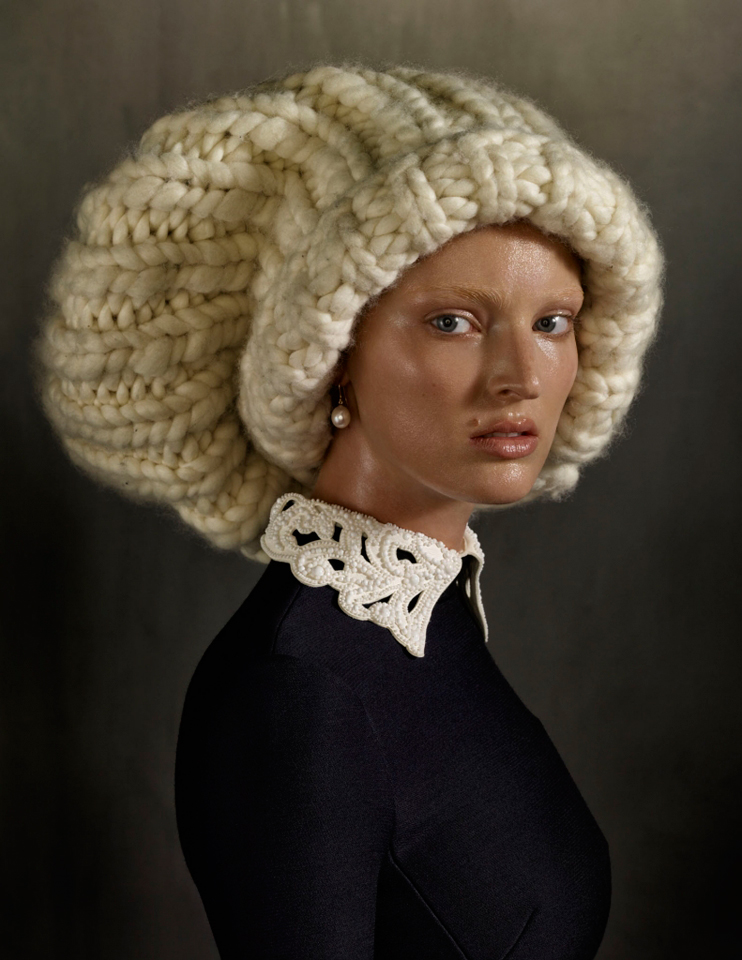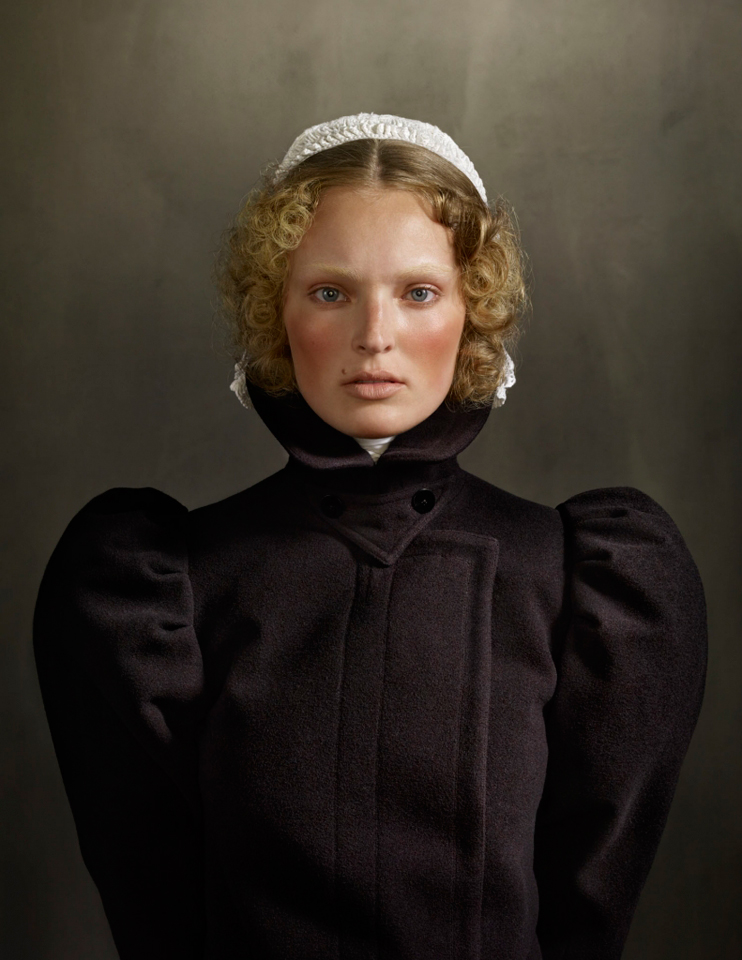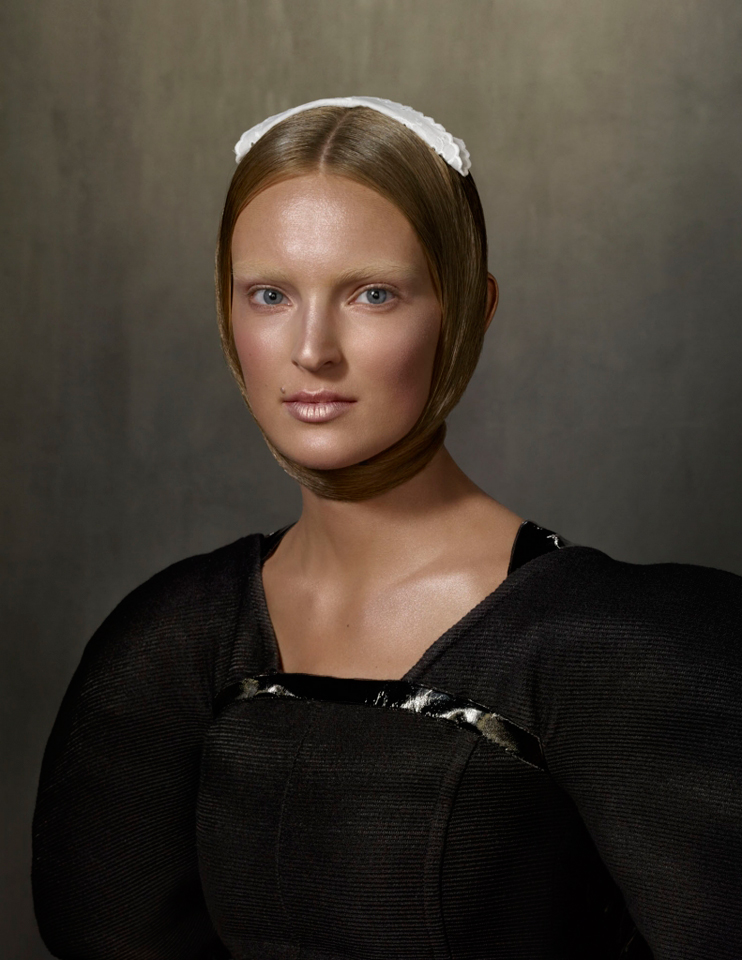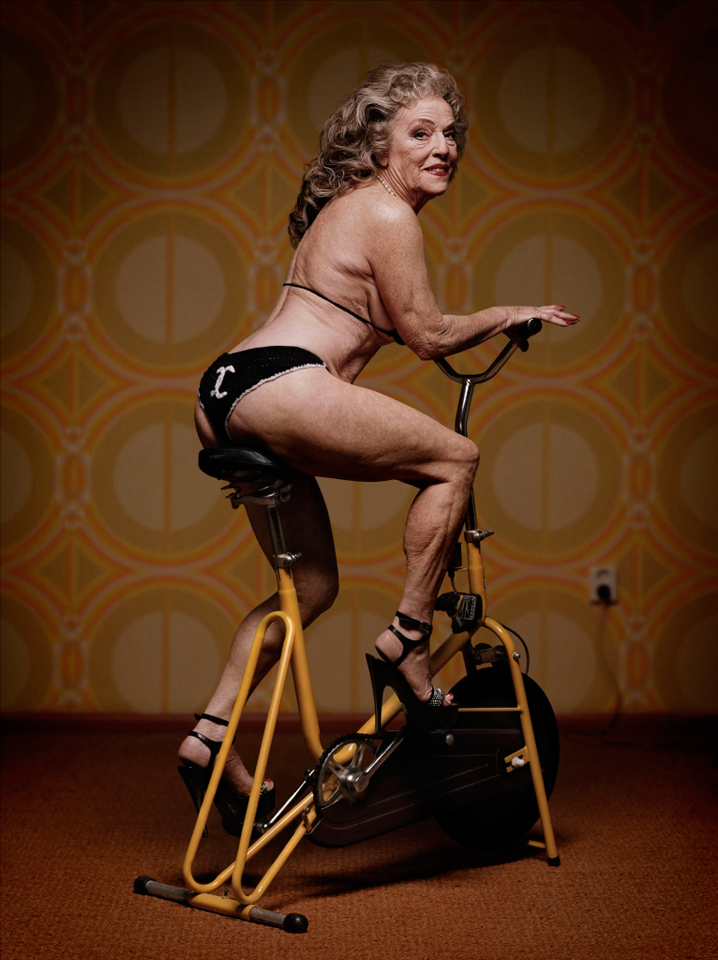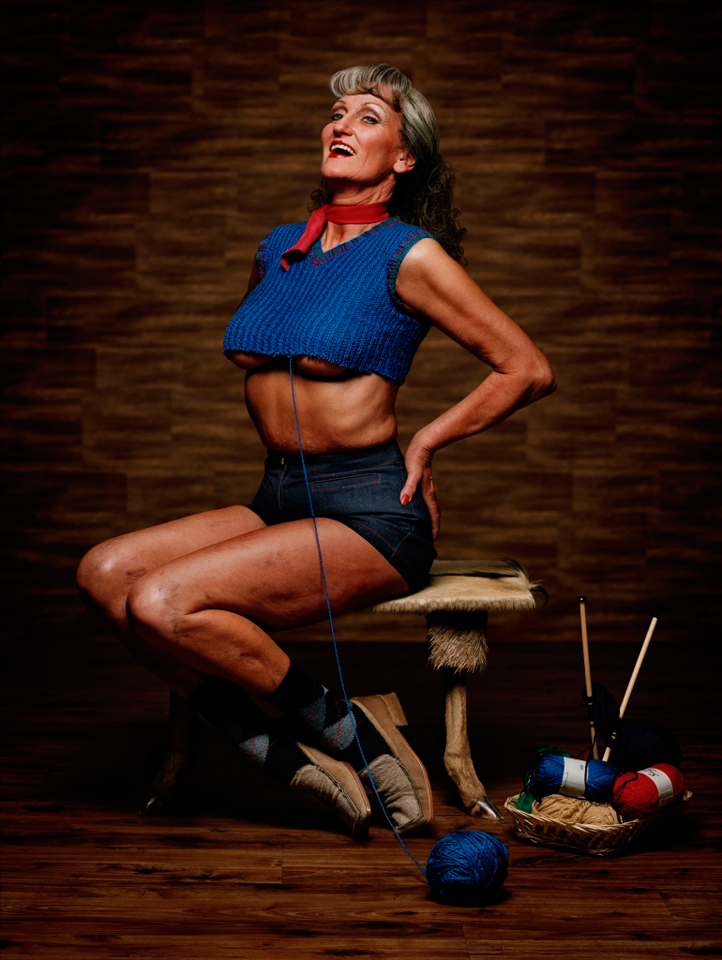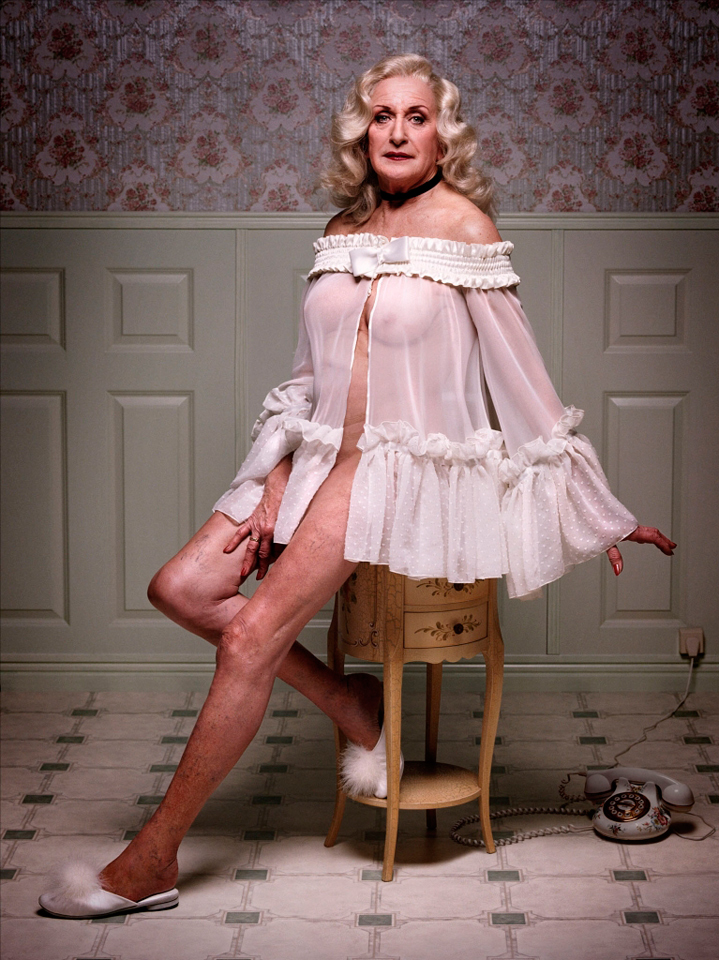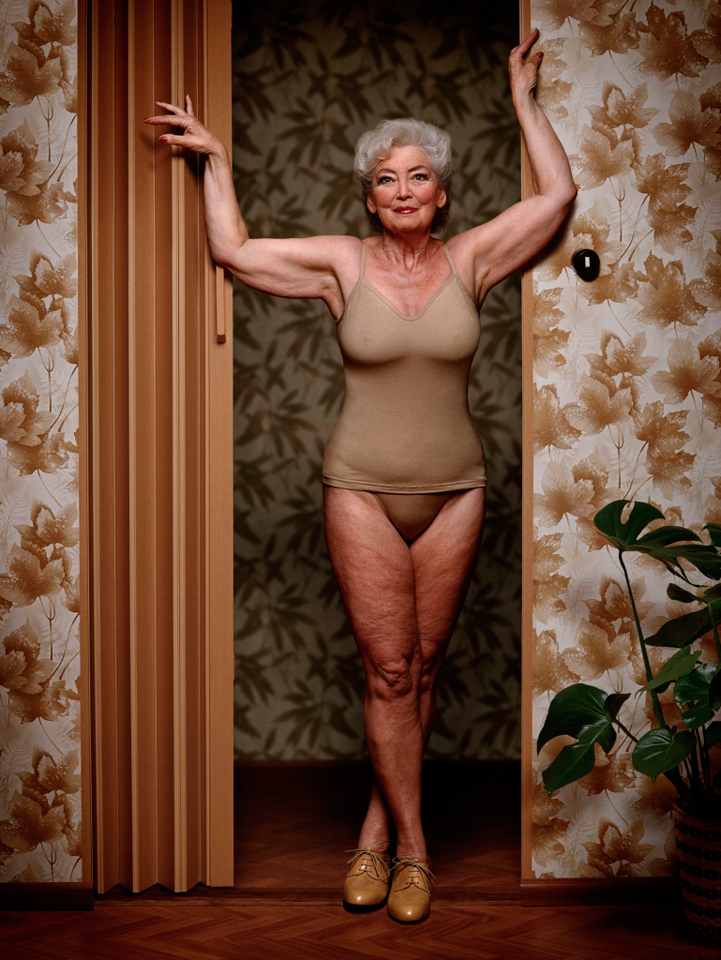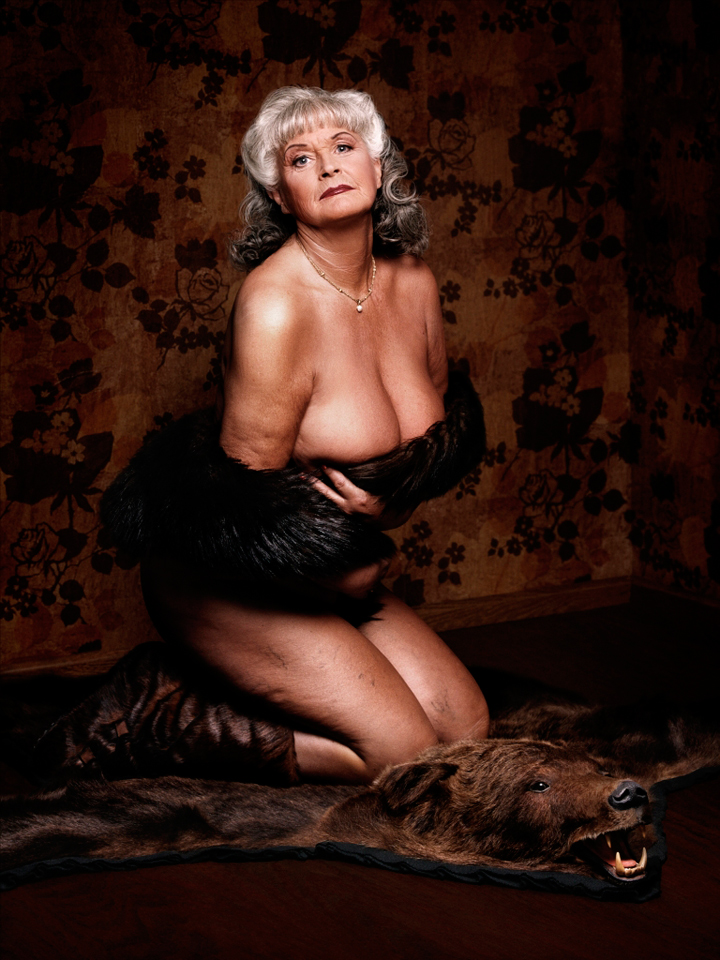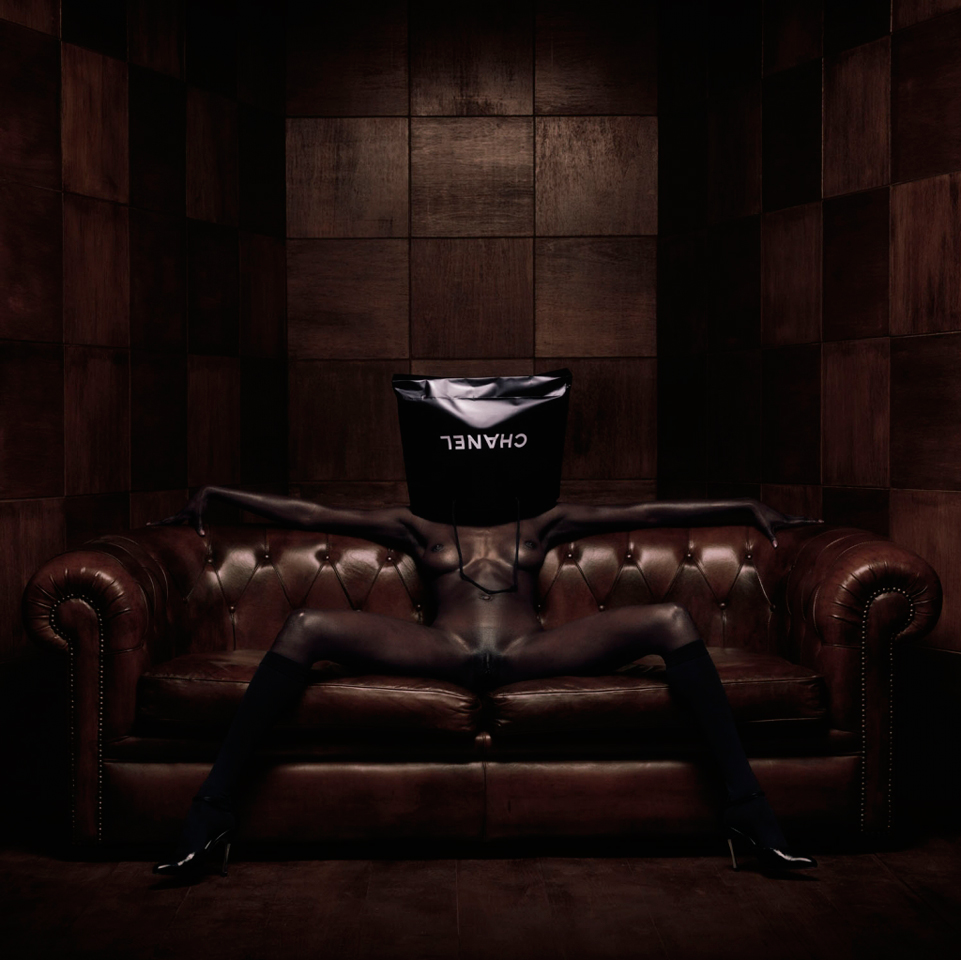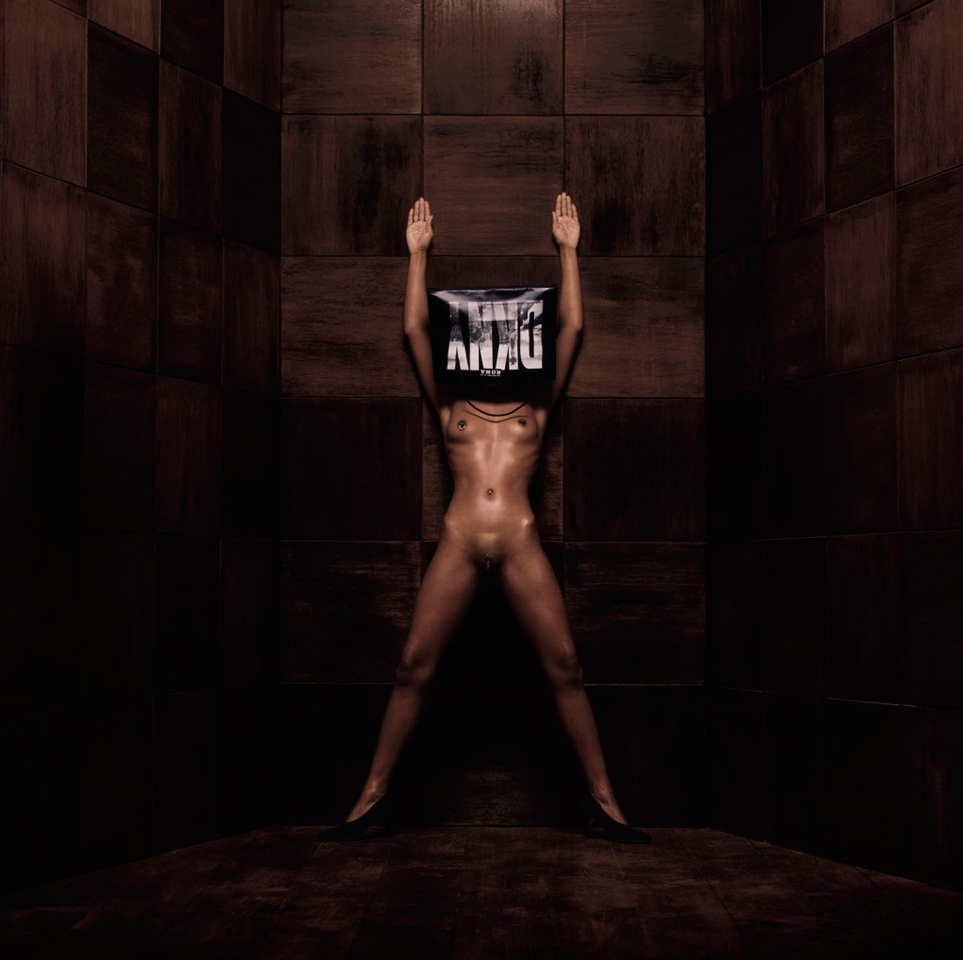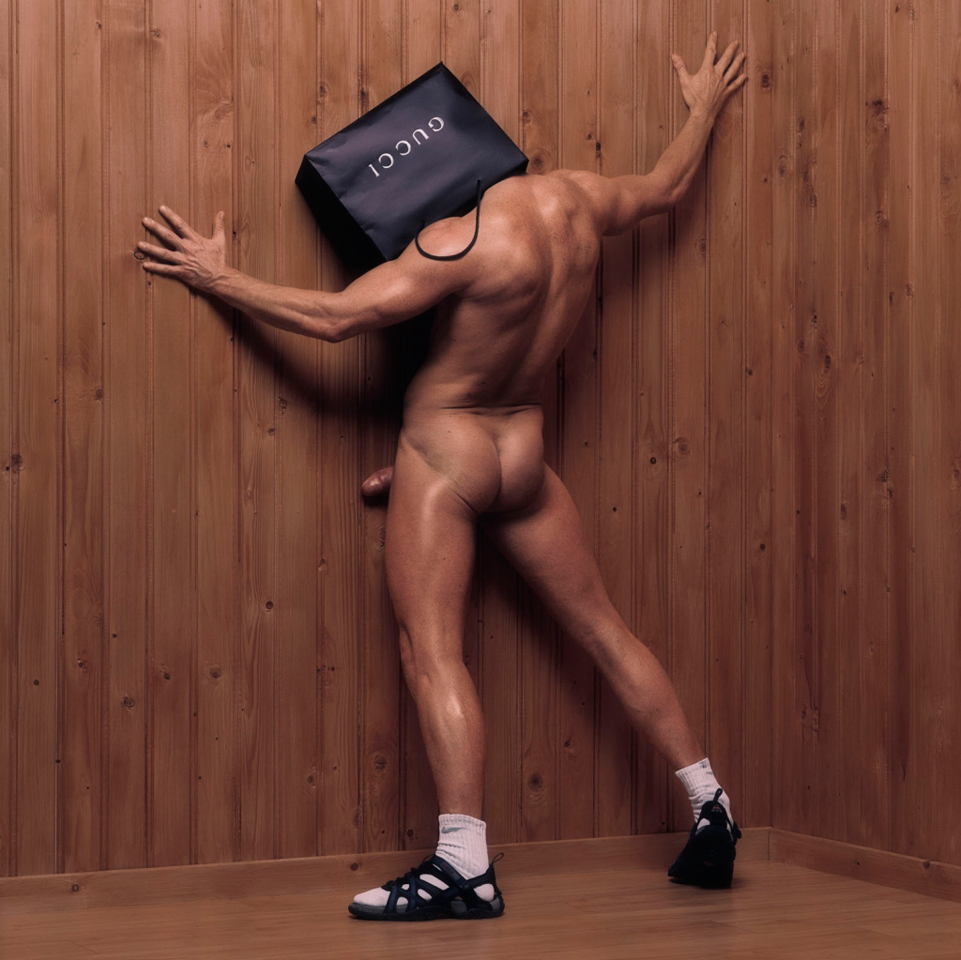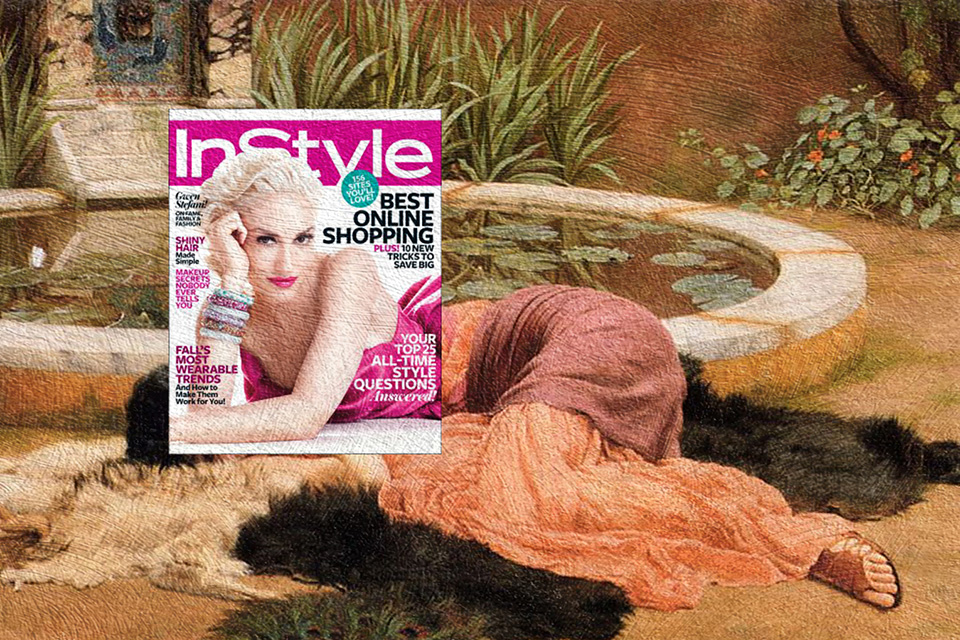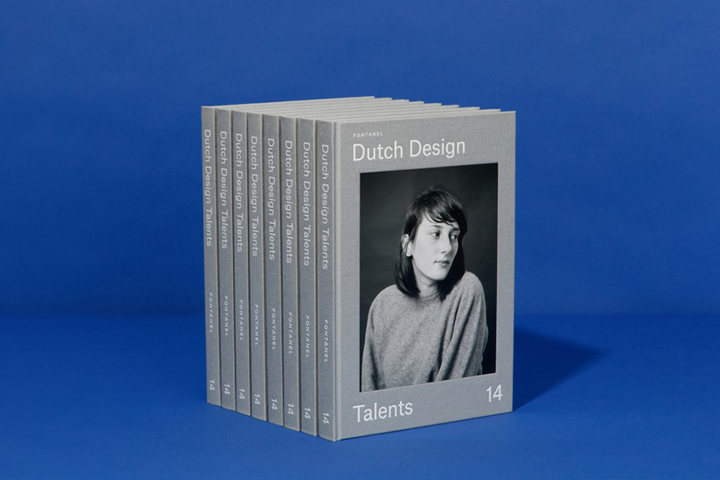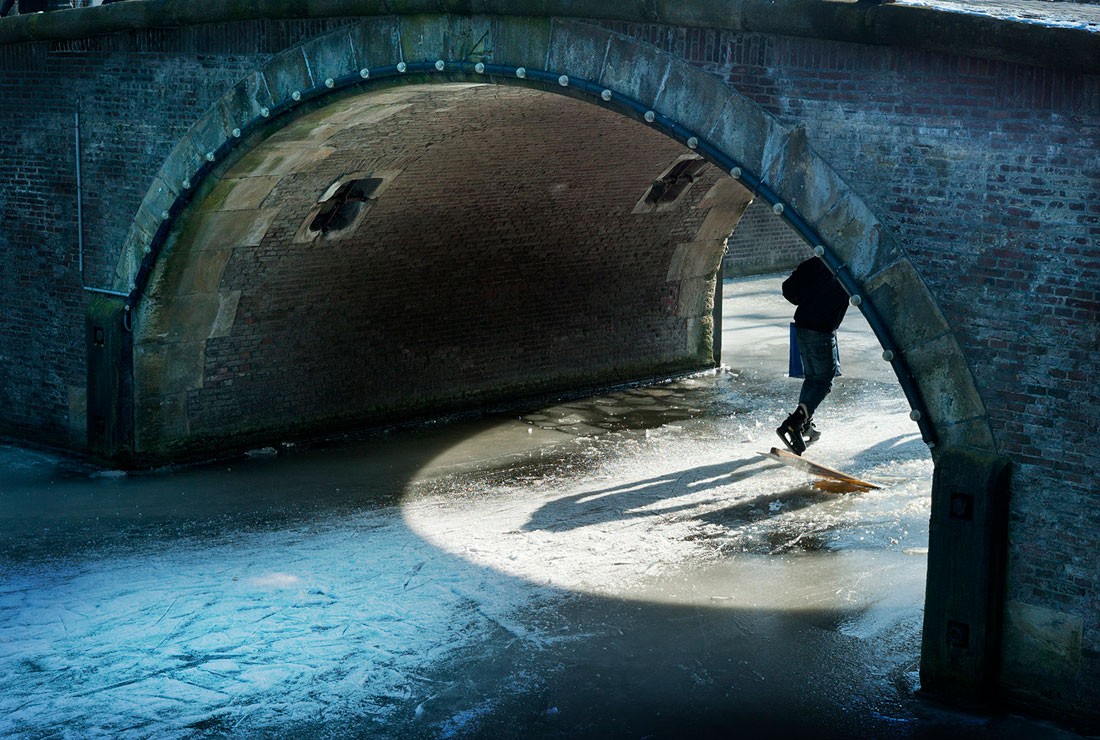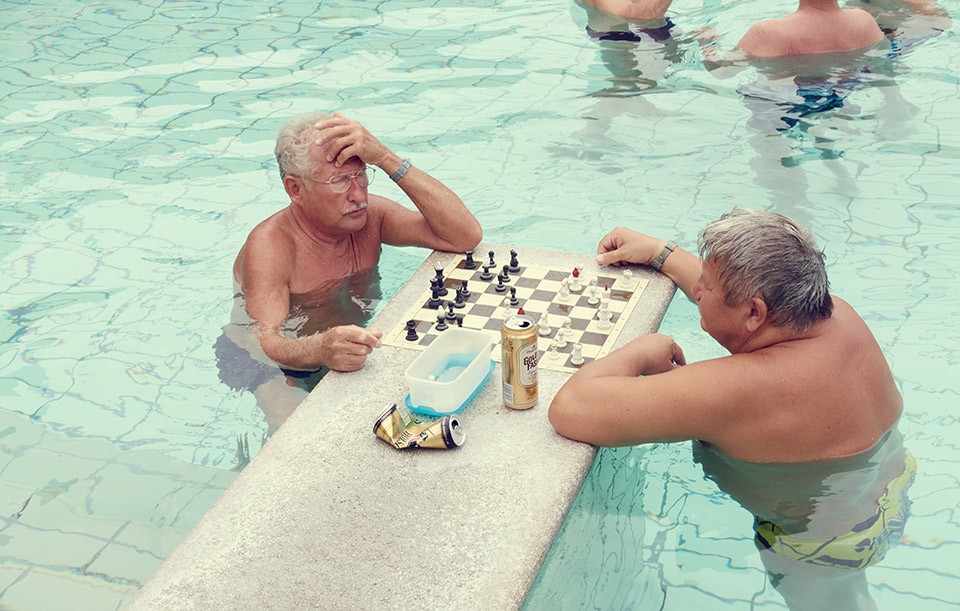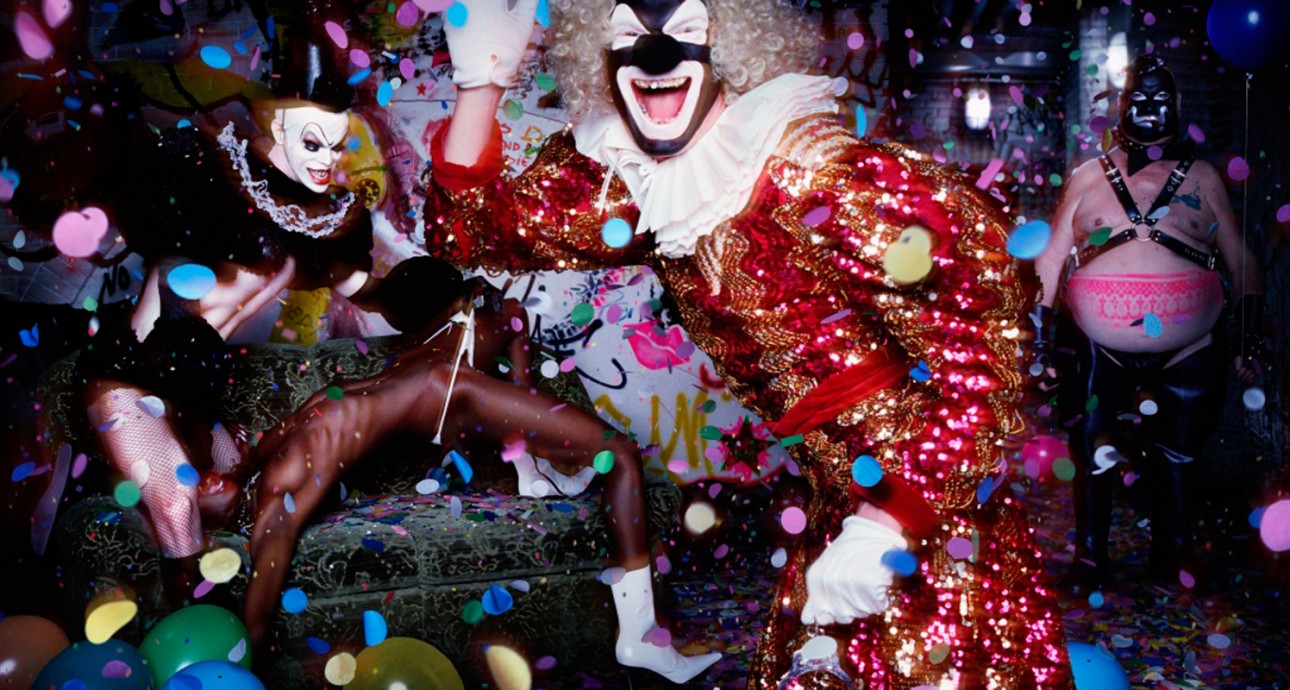
Erwin Olaf: It’s Impossible to Work in Advertising for Twenty-Five Years If Your Clients Dictate Every Little Detail

Lives and works in Amsterdam. Was a photojournalist early in his career. Debuted in the international art scene in 1988, with his series called Chessmen that won first prize in the Young European Photographer competition. Has been in commercial photography since 1996. Among his clients are Campbell's, Levi's, Diesel, Lavazza, Hennessy, Heineken, Nokia, and Microsoft. Has received awards from the Association of Photographers in London, PDN magazine, and a Silver Lion at the Cannes advertising festival.
A few years ago you began working on a historical staging at the Rijksmuseum. From that time historical projects occupied more and more place in your portfolio. Why did you find it interesting?
I do not want to limit myself as an artist, therefore I research nearly every kind of photography or film. It is nice to do, because you can create ‘eye candy’ with it. But this is also the big danger of it, so therefore I am careful not to do it too often. Only beautiful historical pictures are hollow.
What’s the most difficult in historical staging for you?
I think religious scenes are very difficult to stage, because we have so many beautiful and fantastic paintings by old masters in which religious themes are expressed. So I will not even try that.
Your historic drama ‘Les Derniers Hosneurs Rendus Aux Infortunes Illustrisismes Comtes D’Egmont Et De Horne’ now is on the display at The Pushkin State Museum in Moscow. Your photos are near Galliat Louis’ canvas at the museum. You are not afraid of being in the company with a big-name painter, are you?
For me it is an unexpected and great honor to be placed beside the Louis Gallait canvas in one of the most famous museums in and outside Russia. It feels like standing on the strong shoulders of the generations of fantastic artists before me. I hope I will not disappoint the visitors of the exhibition.
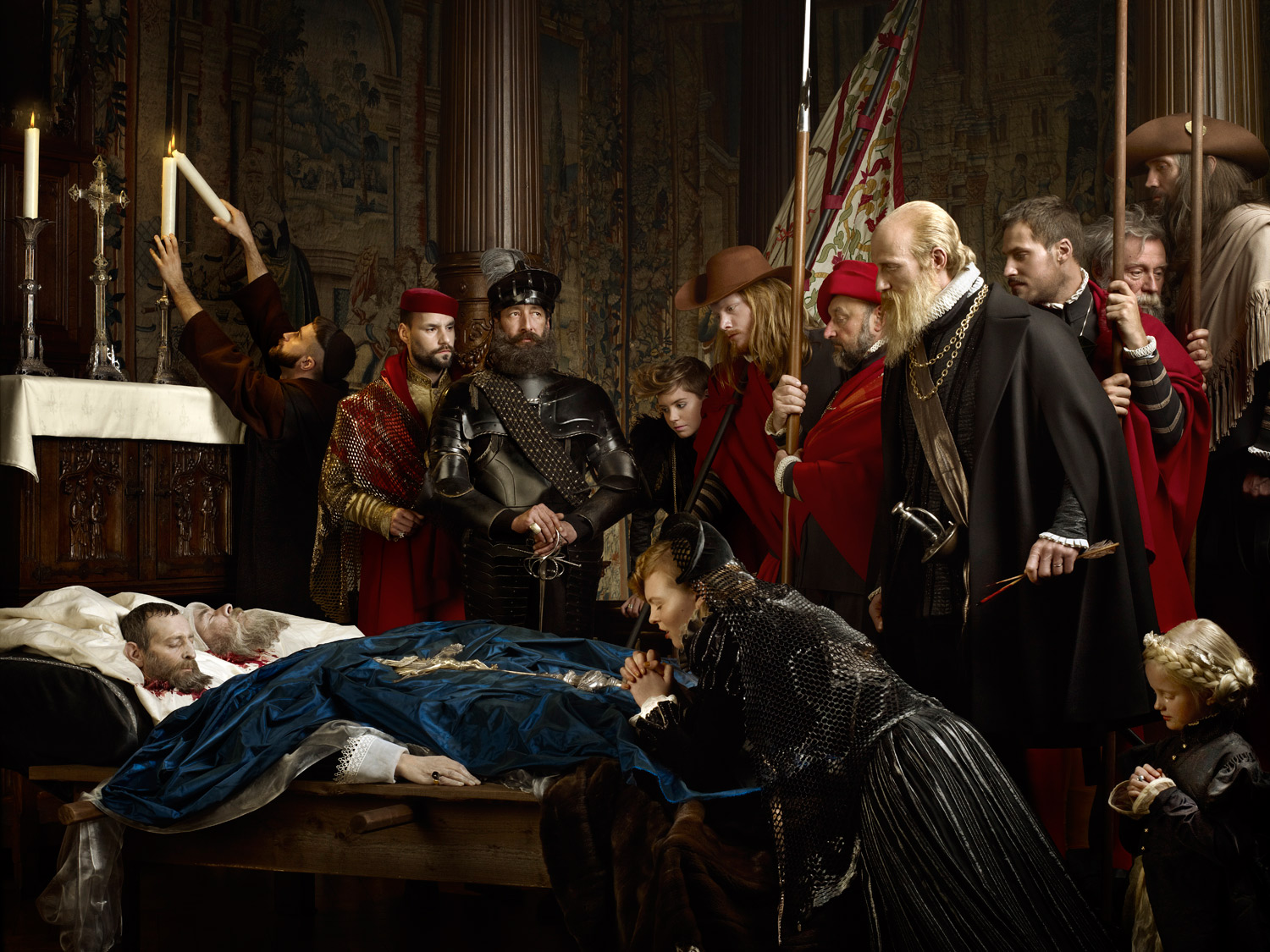
You added some new characters in Galliat’s story about Egmont and Horne. Why do you need that?
Looking at the original work I was surprised there was no woman to be seen. Of course war and violence mainly involve men, but I wanted to focus more on the sad and strong emotions that violence creates. Therefore, I introduced the wife and daughter of Count Egmont, to show there are always people that will suffer after the death of their beloved ones. Also I introduced an outsider as spectator; Arconati Visconti, the last Marquise that lived till 1921 in Castle Gaasbeek, and had the habit of dressing as a page, which I found interesting.
An outside spectator from a different century had to savor a difficult scene with humor. Visconti in her extravagant costume of a Spanish page was appropriate for this role. It didn’t embarrass me that she was from another century. I wanted to do an interpretation of Galliat’s plot, not a copy of it. I was fascinated by painting light. I tried to copy painting light in photography.
Credits under photos in this story like in a glamour magazine didn’t confuse museum experts?
You are the first to notice. This is part of my original idea. I asked my costume team that often also works for the film industry to cooperate with Belgium stylist Linda van Waesberge, who added very delicate fashion elements of famous Belgian designers in every picture. This combination made the project very special for me and gave it a feeling we were shooting high end fashion, not a quality imitation of a painting.
As I know you had also a more radical plan for the staging, where all actors should be in jeans. ‘Les Derniers Hosneurs’ in a modern sense. Do you think you will be able to implement your ideas in the future?
I looked at the variant with jeans and thought it’s too radical. When you work with homage you should use a certain amount of tools. When you use too many tools or details it doesn’t work. Staging becomes kitsch, but I am not interesting in shooting kitsch.
Could you tell us about your session for Vogue Netherlands in 2013 inspired by Vermeer. Did you expect this media conflict with the nursing model? Was it a part of your idea?
I did not foresee that conflict. All my life I am already surprised how intensely people can react when they see a picture of a nude body or the nipple of a woman. Why? Look in the history of art and you will find the most beautiful paintings, sculptures, photographs etc. of nude people. I think there is nothing wrong with nature.
However, you are famous for your controversial works. One of the most noted provocations was ‘Dirty Denim’ for Diesel Jeans where you used elderly ladies and gentlemen. In the 90s almost no one used aged people in fashion. What was the reaction to this project?
The reactions were very good. At the biggest advertising festival in Europe in Cannes, France, Diesel became the advertiser of the year that year, and the picture of the old couple was rewarded with a silver lion: prize for the best advertising photography. For me it was the start of a new chapter in my advertising career and in my free work. The first series I made after this picture was called Mature, in which I photographed only old ladies as sexy pin ups.
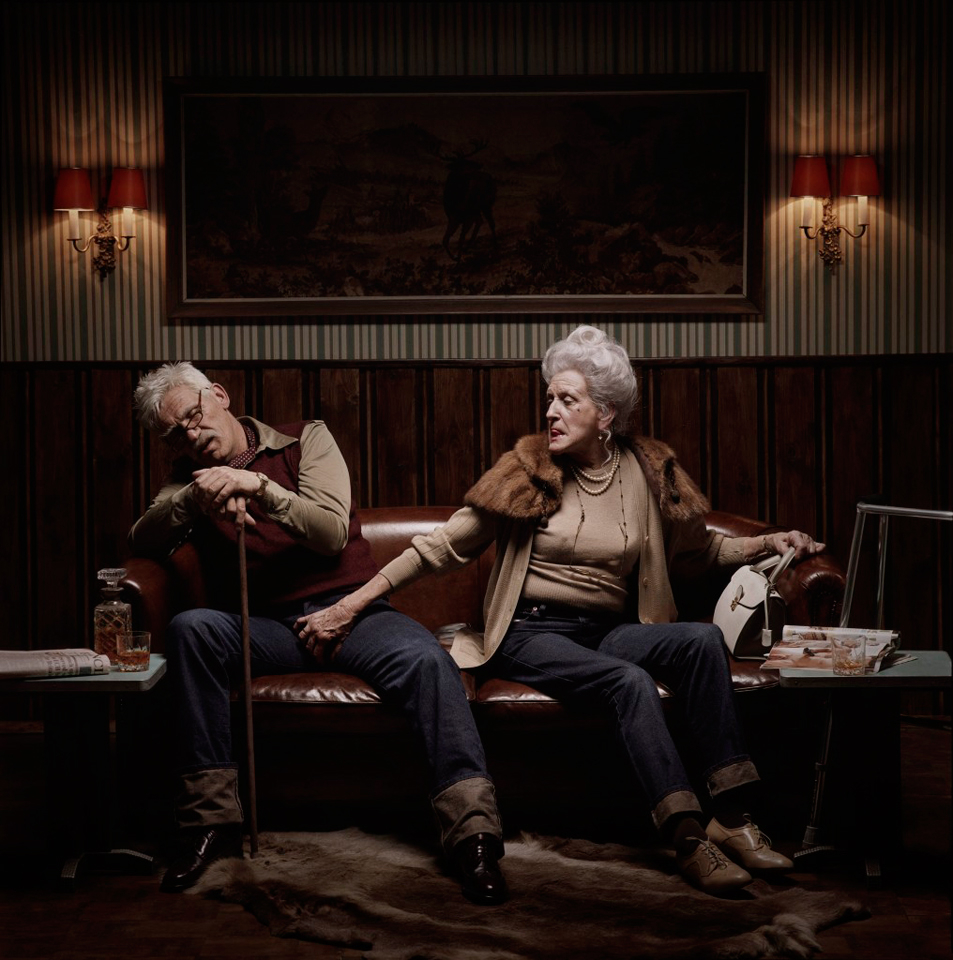
When Russian critics and photographers discuss ‘Mature’ and ‘Dirty Denim’ they always ask: Was Erwin Olaf poking fun at his models or admiring their freedom? What is your answer?
I was forty when I worked on ‘Mature’. Do you know what it means? It’s very important. You begin feeling the vale of years, begin thinking about weakness and frosty years of life etc. The very thought of age frightens you. I needed some kind of therapy, that’s why I took on ‘Mature’. I invited in my studio aged women and said: ‘Imagine that there are 60s in the street’. These women were light-hearted, had a good sense of humor. They knew this life better than me. I always learned from them how to be old, to be getting older, to accept your age. In that time I made my self-portraits with the same aim — to understand what it means to be getting older (In one the photographer is wearing old man make up, the photo is captioned “I Will Be” — Ed.).
How did you manage to launch a personal controversial project play without any conflict with the clients? Take as an instance your project ‘Fashion Victims’, where you laughed openly at fashion lovers.
I never had any complaint of any brand of which I used the paper shopping bags. The art collector of Fendi was rather disappointed when she heard the news that I didn’t use the picture with the paper bag of Fendi. But later she bought two of the other pictures from the Fashion Victims series for the art collection of the House of Fendi.
Your latest ad series ‘Light’ for Champagne house is very unusual in form and in content. The most unusual thing was that you renounced colors. Was it your choice or a request of your client?
First, I started to stage big sets in cellars of the estate of Ruinart in Reims. Apart from stage I captured signs on the walls of cellars created by humans and by nature. I did it for my own pleasure. When I showed the staging to the managing director of Ruinart Frederic Dufour, he was not happy with the results. In a few minutes I took out my own pictures, and he gave a nod: ‘This is much better. Keep it up’. So I began working on Light.
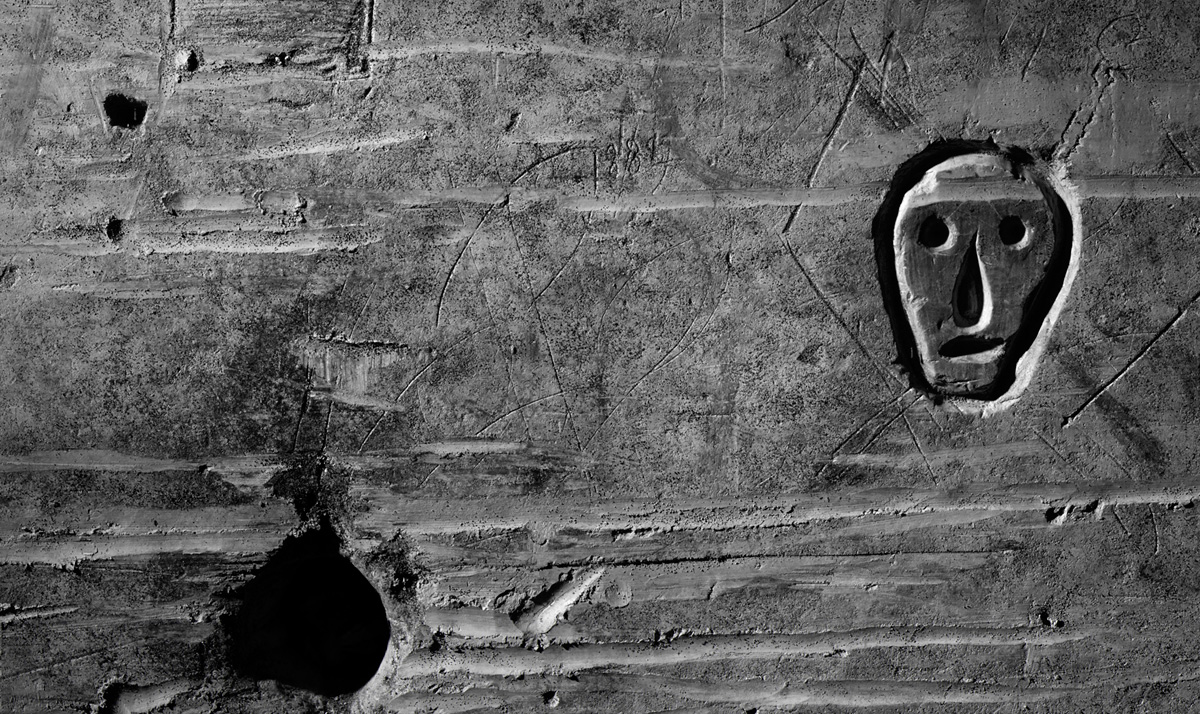
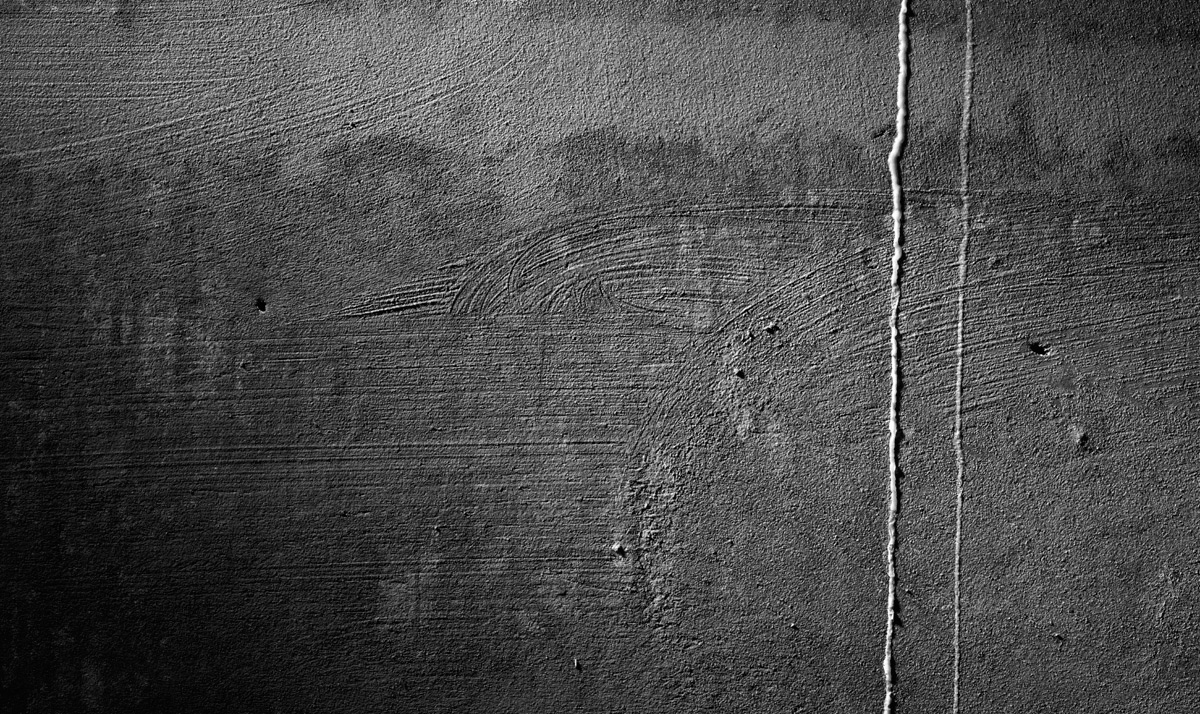
Could you say that you came back to straight photography?
I went back to my rules when I began photographing in 1979 — black and white, strong contrast, but it’s not a return to straight photography. Light is like painting by dab, story told by lines and dots. I think black and white format is not only original decision for Light, it’s the beginning of something new.
It looks like your commercial and personal projects are linked?
Yes, It’s like exchange. Сommercial influence on personal projects and otherwise. I wouldn’t make a lot of projects, but I got assignments and good ideas came at work. Of course you can realize your ideas when you are totally independent. In the last ten years I have gotten more confidence and freedom from my customers. Because it’s impossible to have been working in advertising for twenty five years, if your clients dictate in what direction light has to come.
New and best
